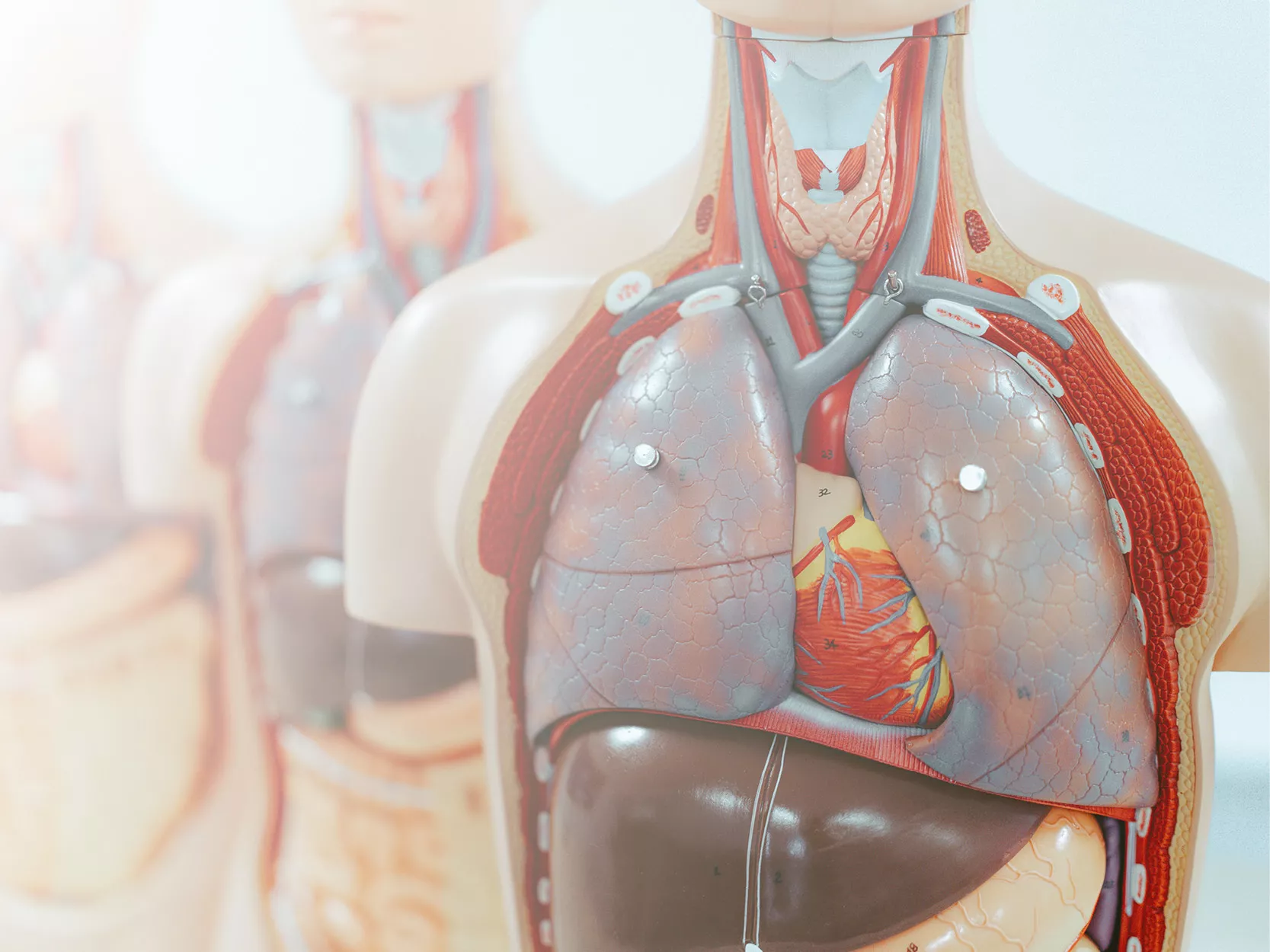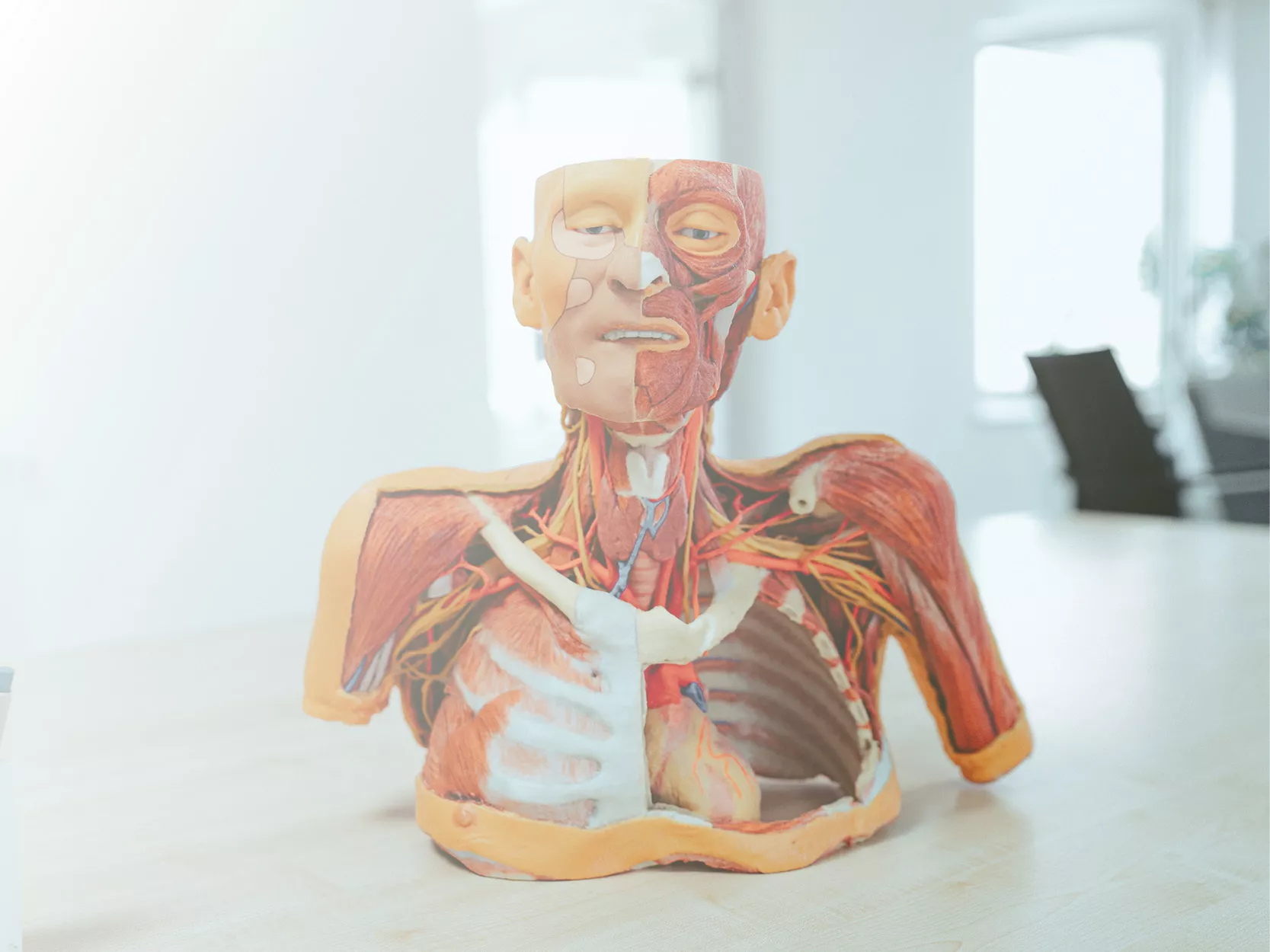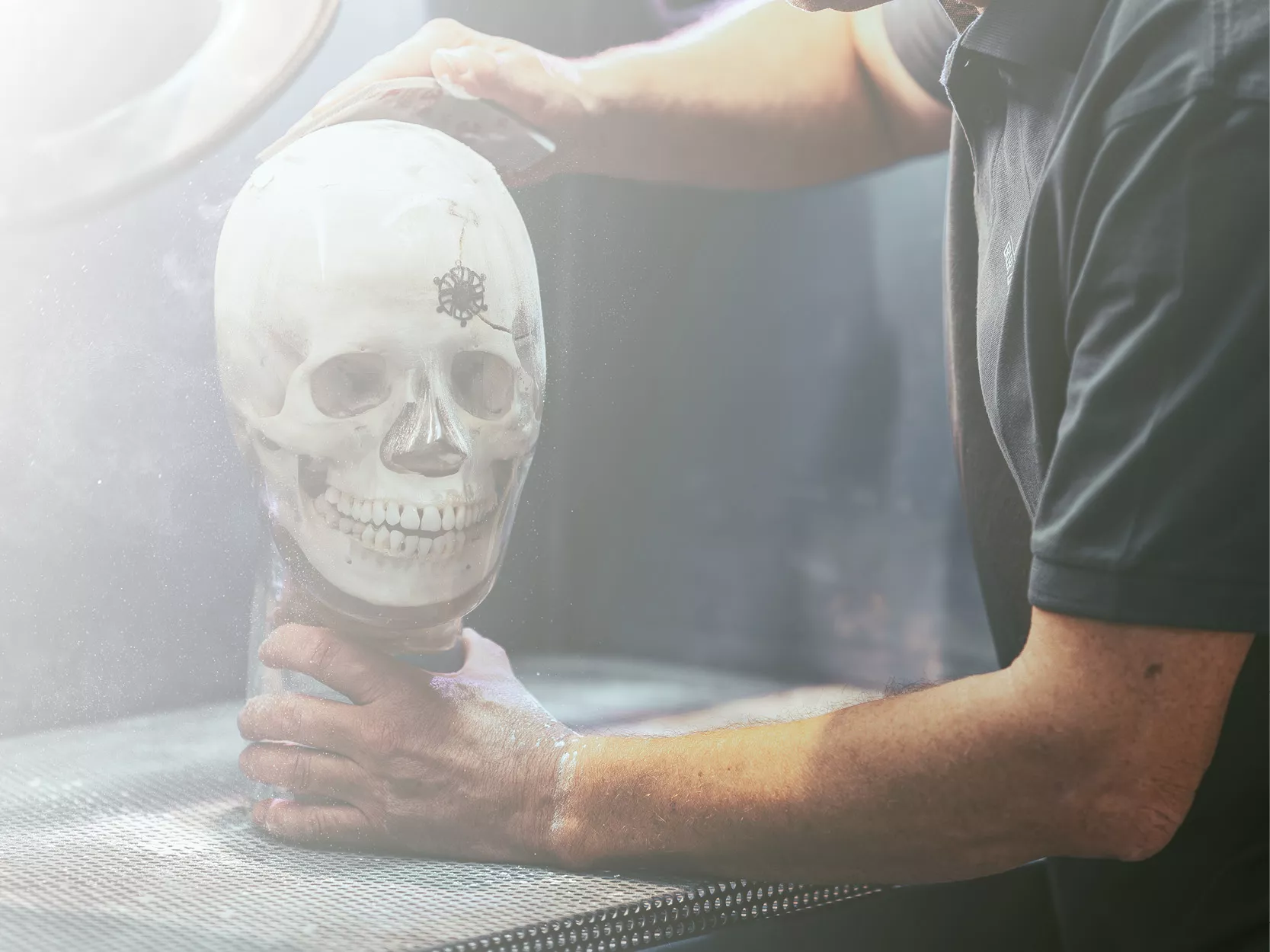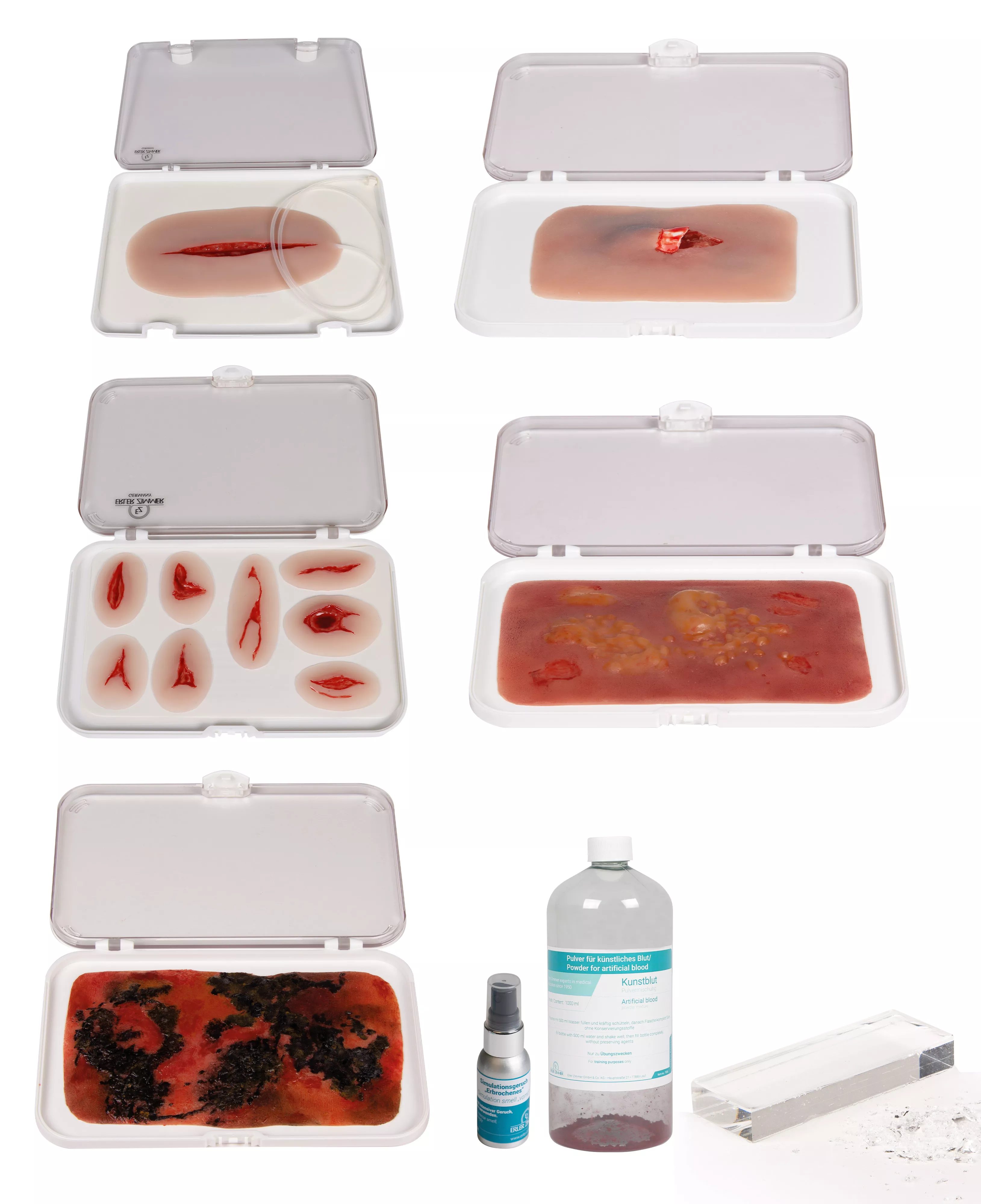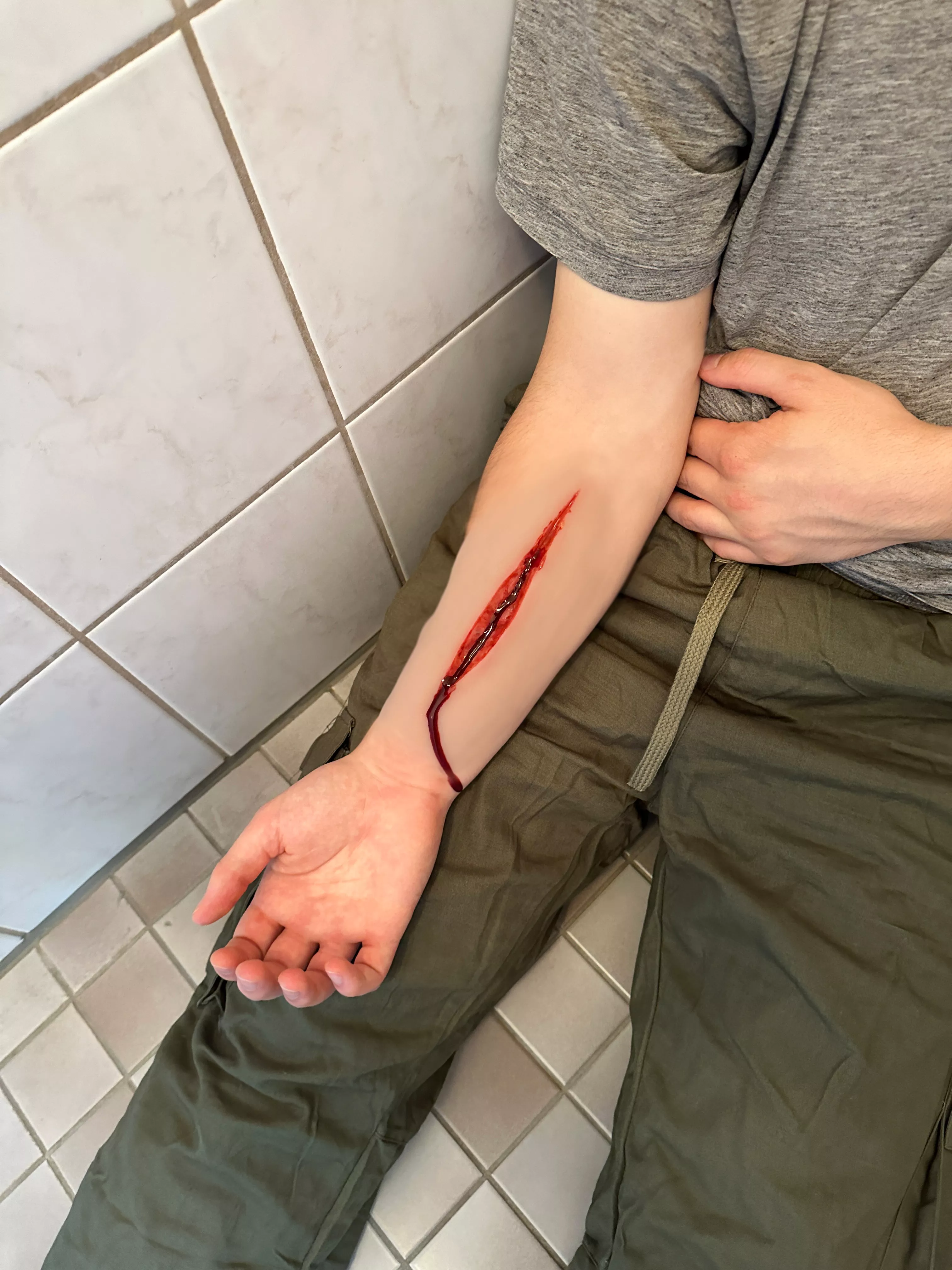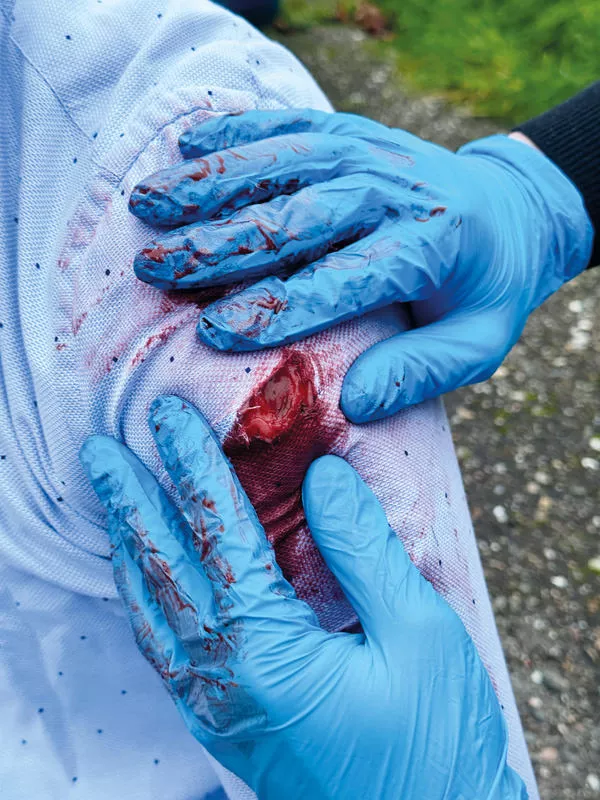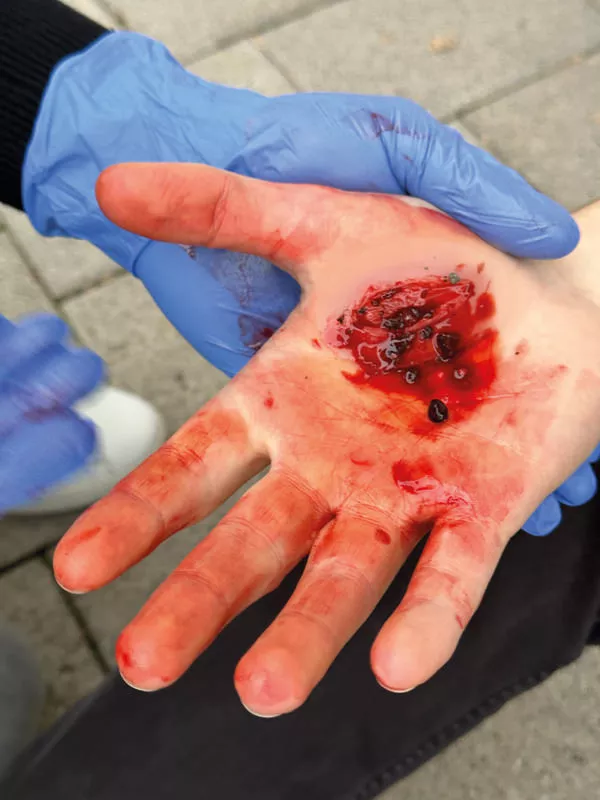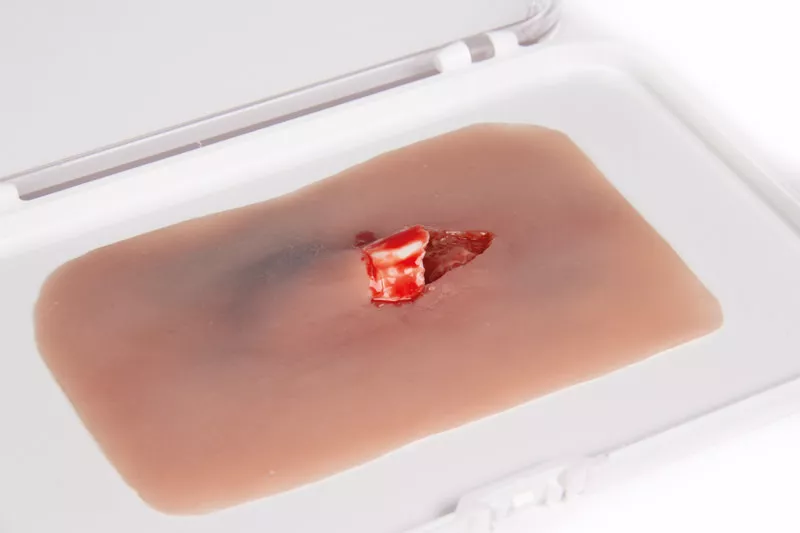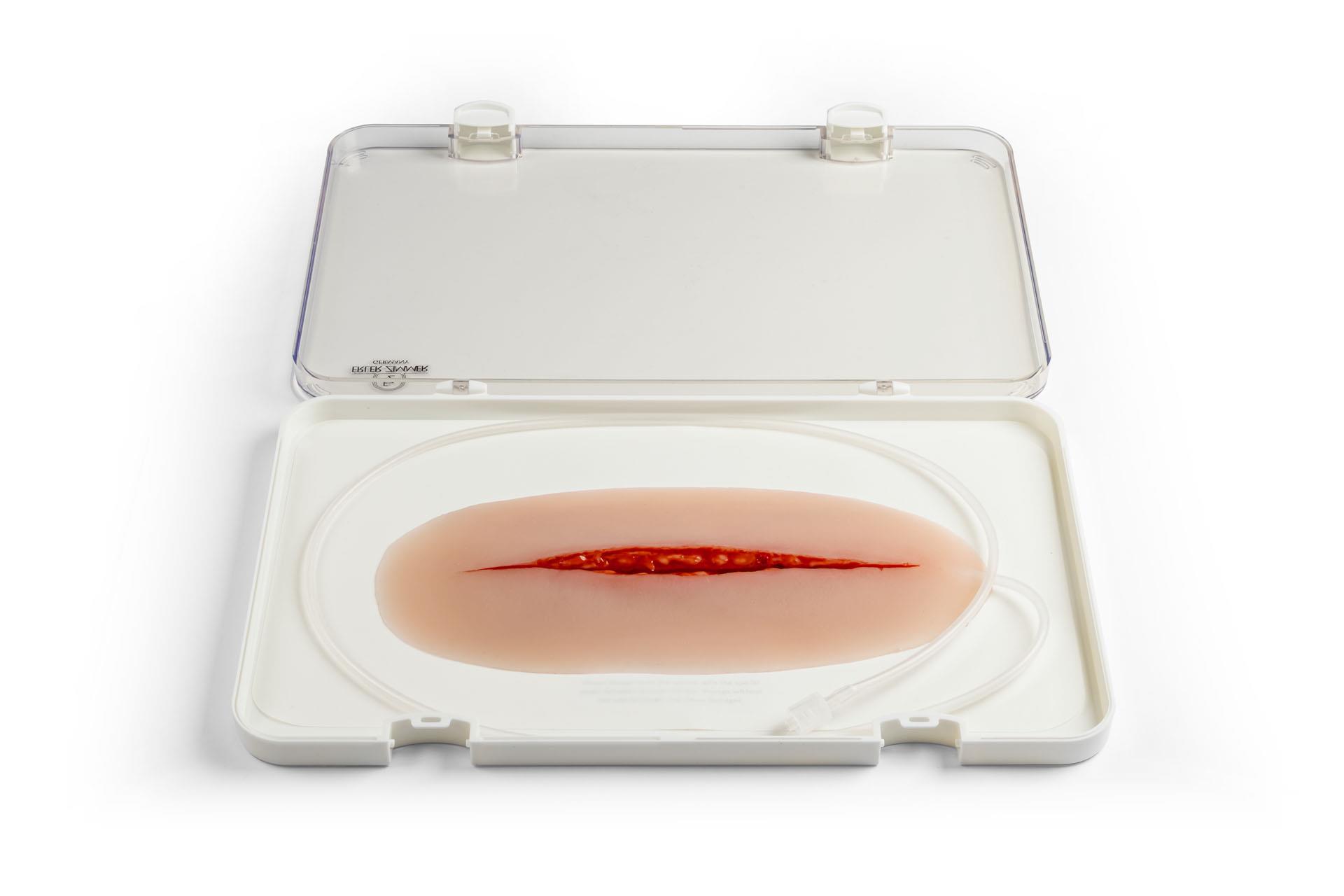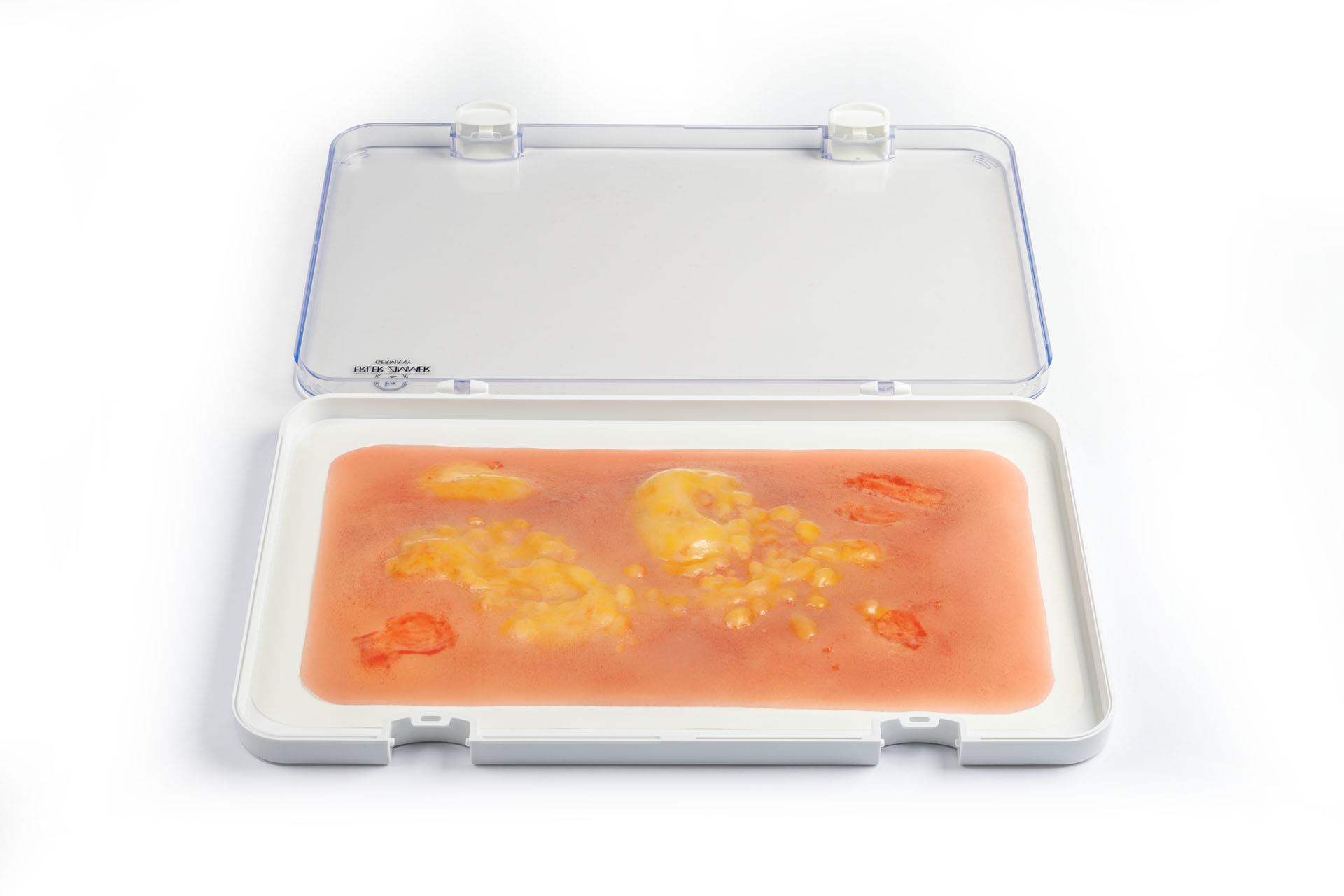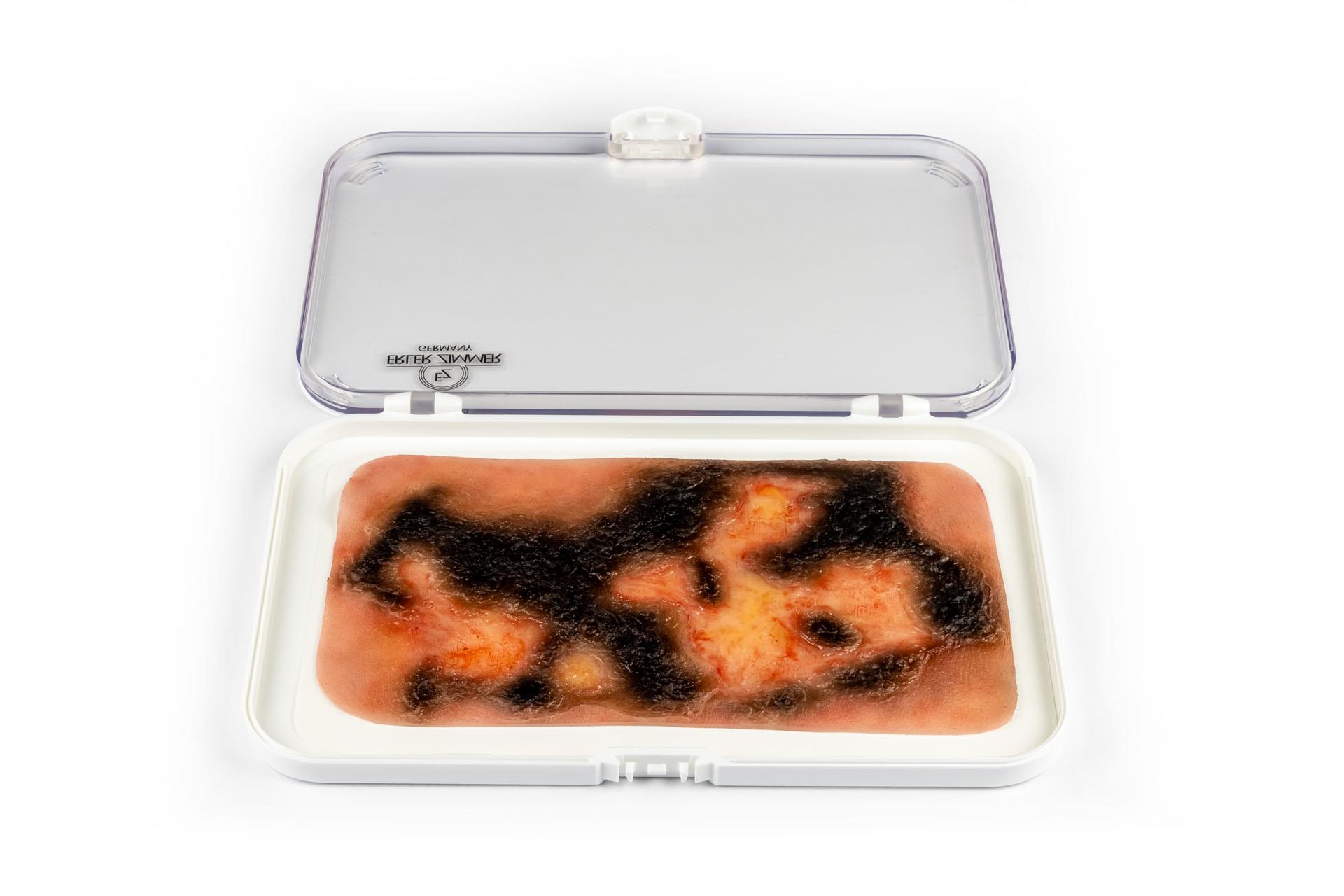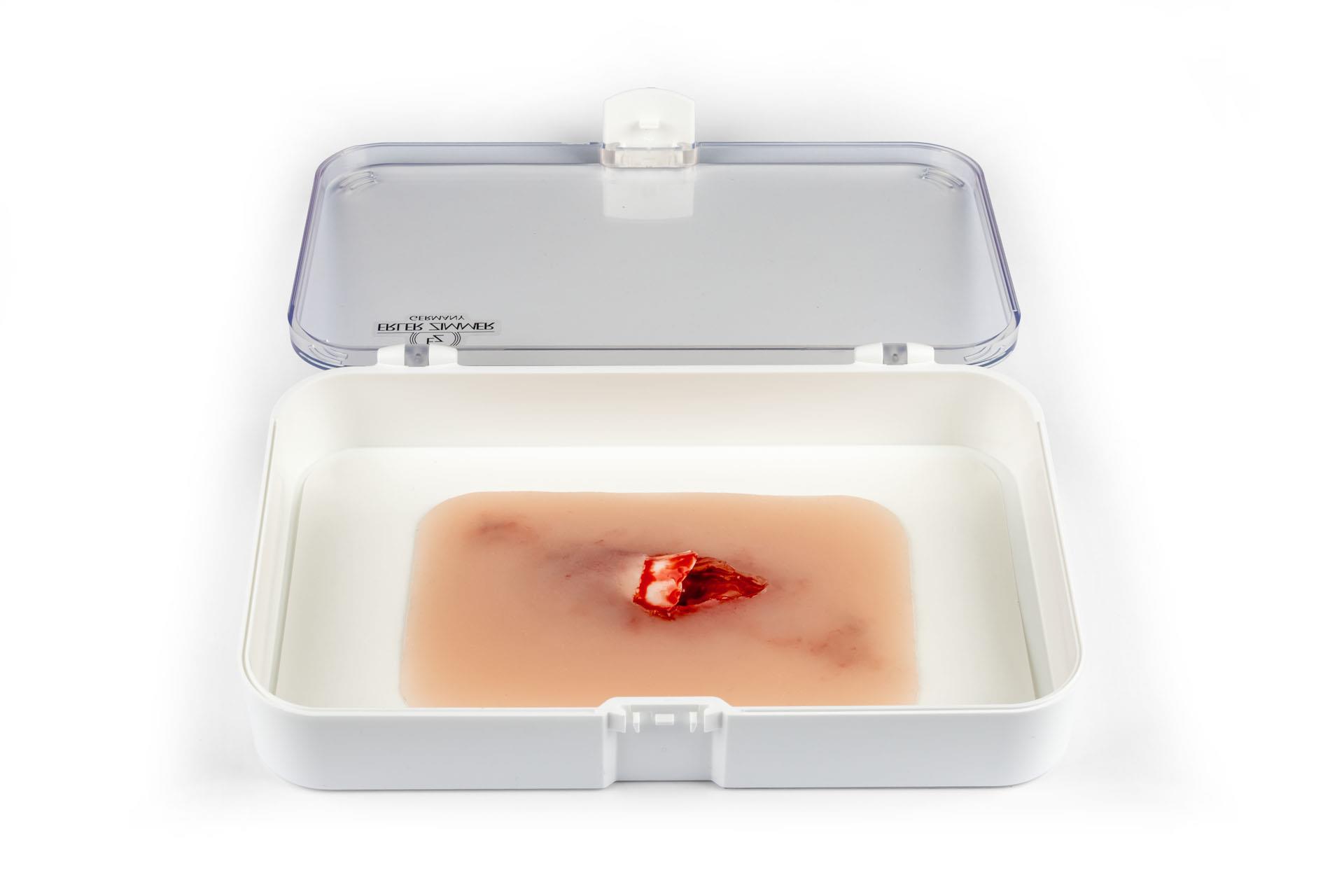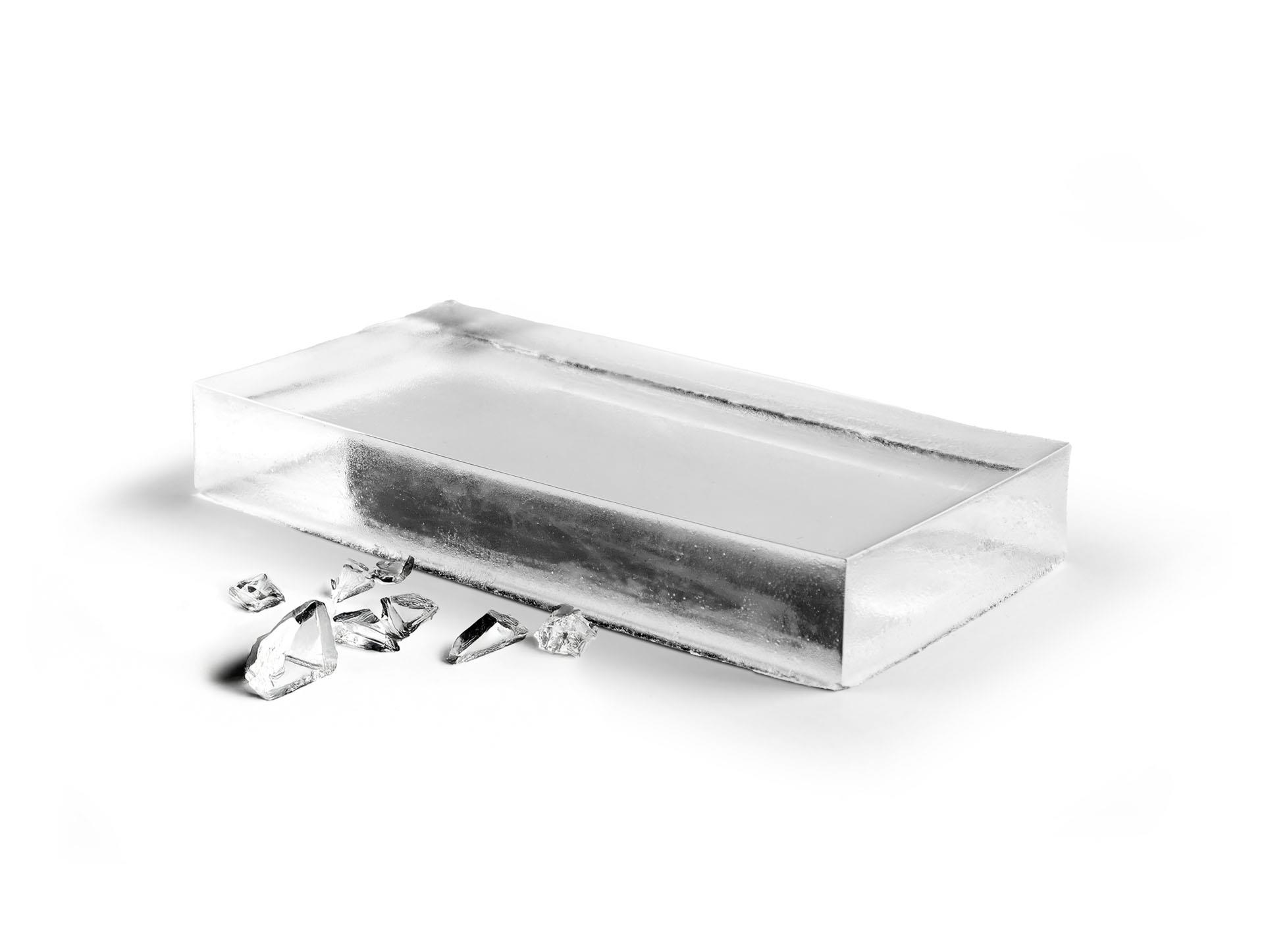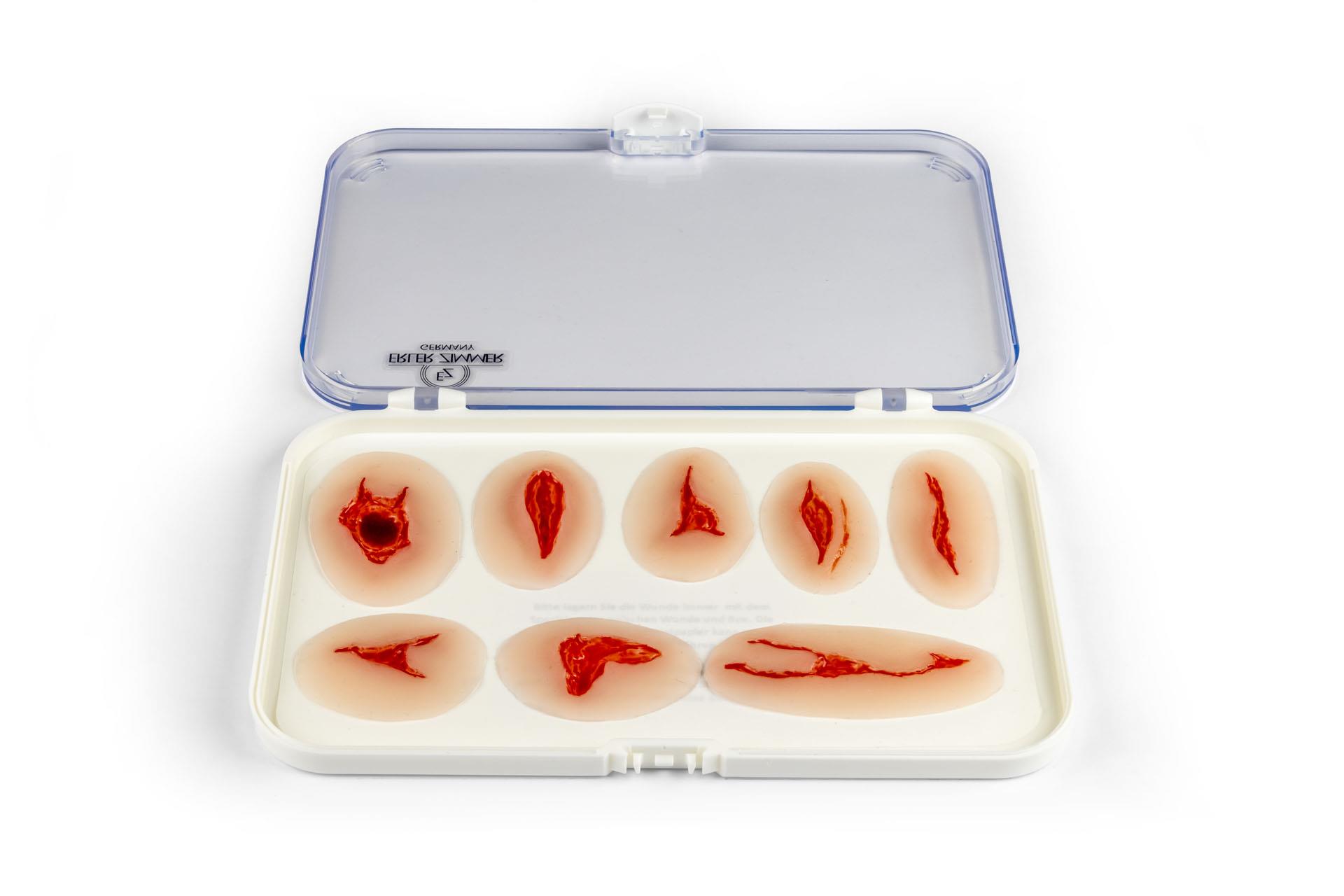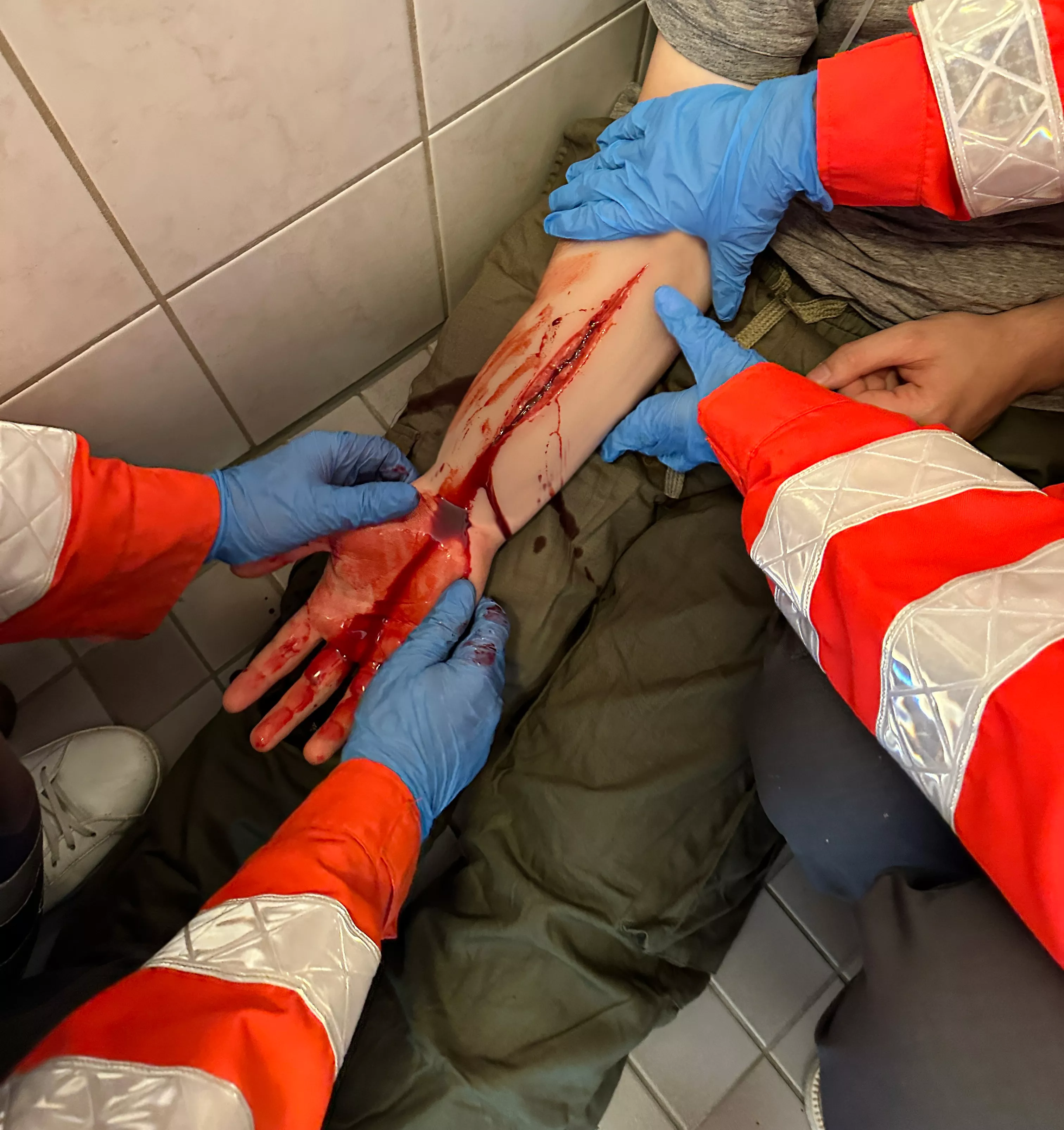
DRK paramedic training 2024
September 12, 2024
The new German Red Cross (DRK) paramedic training programme is characterised by several special features:
Modular structure: The training is often divided into different modules that teach specific knowledge and skills. This allows the training to be organised flexibly and adapted to the needs of the participants.
Practical orientation: A key focus is on practical exercises and scenarios that help participants to apply what they have learnt in realistic situations. This promotes confidence in emergency situations.
Up-to-date content: The training is regularly updated to reflect the latest medical standards and guidelines. This ensures that participants are familiar with the latest techniques and knowledge.
Certification: After successfully completing the training, participants receive a certificate attesting to their qualification in paramedic services. This can be an advantage for many voluntary and professional activities.
Integration of soft skills:In addition to the medical content, emphasis is also placed on the development of communication skills and teamwork, which are of great importance in emergency care.
Erler- Zimmer GmbH & Co.KG has developed an exclusive wound kit especially for the new guidelines exclusive ‘DRK paramedic training’wound kit, which is now available!
The German Red Cross's new guide to paramedic training makes the training of volunteers in the German Red Cross even more practice-oriented. All topic blocks begin with a case study / simulation. For the total of 36 case studies, mimes/actors have to be made up, sometimes elaborately. Often, make-up teams and mimes are not available in sufficient numbers. Our “DRK paramedic training” wound kit covers the ten most complex injuries in the new guide. Within a very short time, open fractures or heavily bleeding wounds are ready for the case study and can be used several times without the need for make-up.
The set contains a total of 12 wounds (NW300 contains eight small, bleeding injuries), including a moulage with connection option (Luer-Lock) to a bleeding system to represent a heavily bleeding wound. The set also contains a total of 2 l of fake blood, silicone “shards” for risk-free representation of splinters and a pump spray with a simulated “vomit” odor.
In the table you can see which case examples in the guide are covered by our wound set:
Contents:
The moulages are self-adhesive on human skin and dolls. The adhesive properties are limited if there is a lot of hair. They can also be applied with moulage adhesive, but the moulage will permanently lose its self-adhesive properties if the adhesive is used. All wounds are packed in plastic boxes to ensure safe storage.
Modular structure: The training is often divided into different modules that teach specific knowledge and skills. This allows the training to be organised flexibly and adapted to the needs of the participants.
Practical orientation: A key focus is on practical exercises and scenarios that help participants to apply what they have learnt in realistic situations. This promotes confidence in emergency situations.
Up-to-date content: The training is regularly updated to reflect the latest medical standards and guidelines. This ensures that participants are familiar with the latest techniques and knowledge.
Certification: After successfully completing the training, participants receive a certificate attesting to their qualification in paramedic services. This can be an advantage for many voluntary and professional activities.
Integration of soft skills:In addition to the medical content, emphasis is also placed on the development of communication skills and teamwork, which are of great importance in emergency care.
Erler- Zimmer GmbH & Co.KG has developed an exclusive wound kit especially for the new guidelines exclusive ‘DRK paramedic training’wound kit, which is now available!
The German Red Cross's new guide to paramedic training makes the training of volunteers in the German Red Cross even more practice-oriented. All topic blocks begin with a case study / simulation. For the total of 36 case studies, mimes/actors have to be made up, sometimes elaborately. Often, make-up teams and mimes are not available in sufficient numbers. Our “DRK paramedic training” wound kit covers the ten most complex injuries in the new guide. Within a very short time, open fractures or heavily bleeding wounds are ready for the case study and can be used several times without the need for make-up.
The set contains a total of 12 wounds (NW300 contains eight small, bleeding injuries), including a moulage with connection option (Luer-Lock) to a bleeding system to represent a heavily bleeding wound. The set also contains a total of 2 l of fake blood, silicone “shards” for risk-free representation of splinters and a pump spray with a simulated “vomit” odor.
In the table you can see which case examples in the guide are covered by our wound set:
Contents:
| 1x | Wound dressing Suicide attempt with bleeding function 1-4 “Threatening bleeding forearm”, 1-5 “Threatening bleeding lower leg”, C-4 “Volume deficiency shock” |
NW121 | ||
| 1x | Standard wound dressing set B-3 “Thoracic trauma”, D-3 “Seizure”, E-1 “Concussion”, E-5 “Craniocerebral trauma” |
NW300 |
||
| 1x | Open fracture wound dressing E-1 “Concussion and lower leg fracture”, E-2 “Thoracic trauma and forearm fracture” |
NW004 |
||
| 1x | Wound dressing burn 2° E-6 „Burn“ |
NW007 |
||
| 1x | Wound dressing burn 3° E-6 „Burn“ |
NW008 |
||
| 2x | Blood powder for 1000 ml artificial blood | 7026 |
||
| 1x | Artificial glass for splinter simulation | NW200 |
||
| 1x | Simulation odor “vomit” | PW099E |
The moulages are self-adhesive on human skin and dolls. The adhesive properties are limited if there is a lot of hair. They can also be applied with moulage adhesive, but the moulage will permanently lose its self-adhesive properties if the adhesive is used. All wounds are packed in plastic boxes to ensure safe storage.





